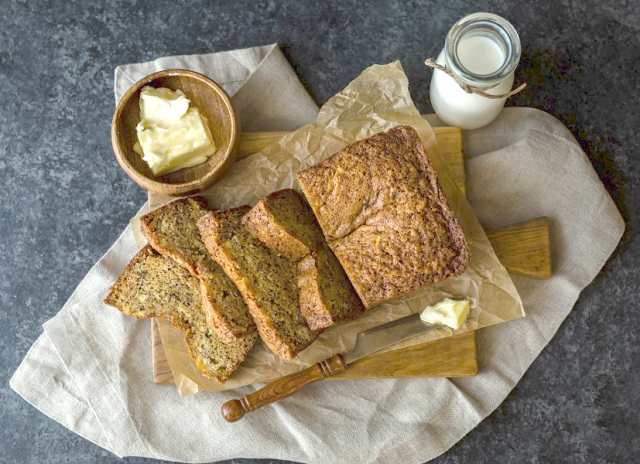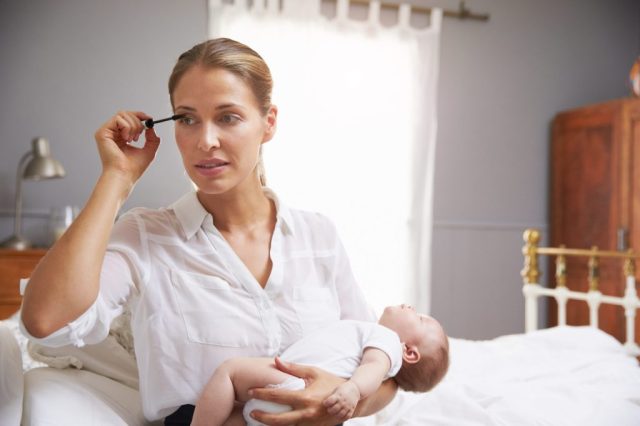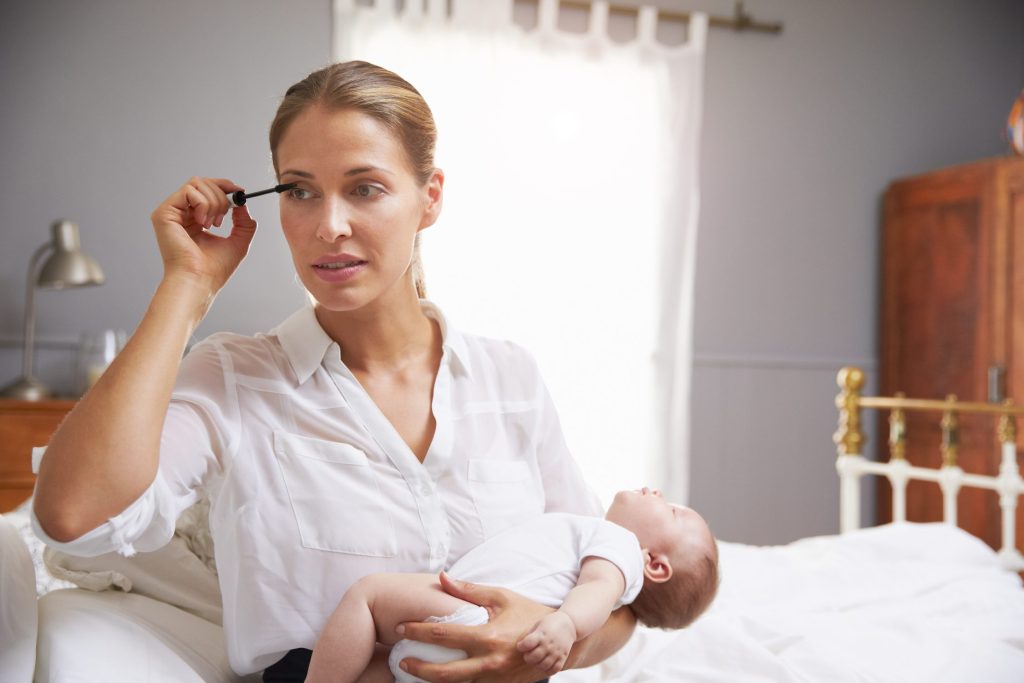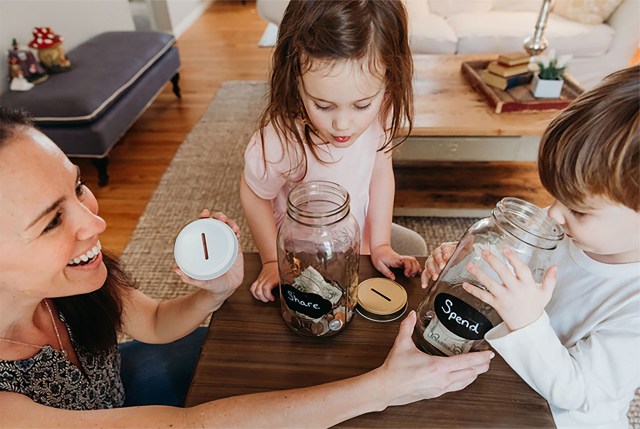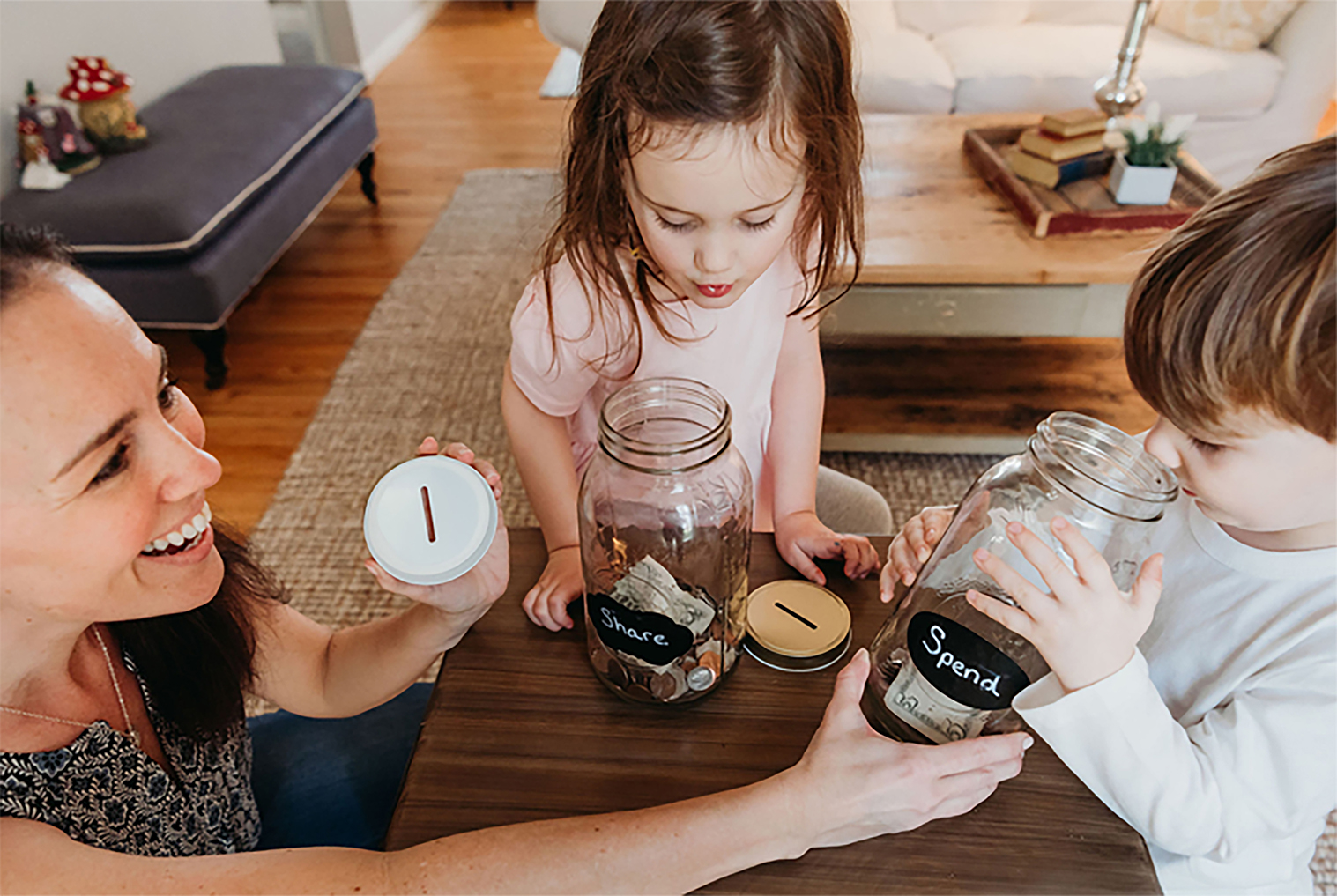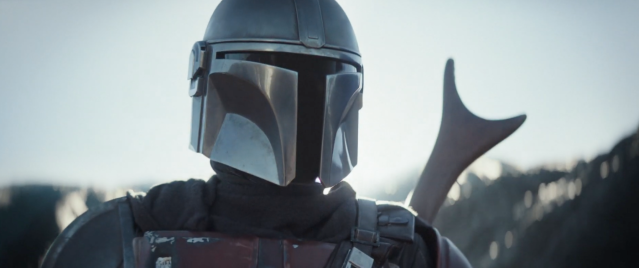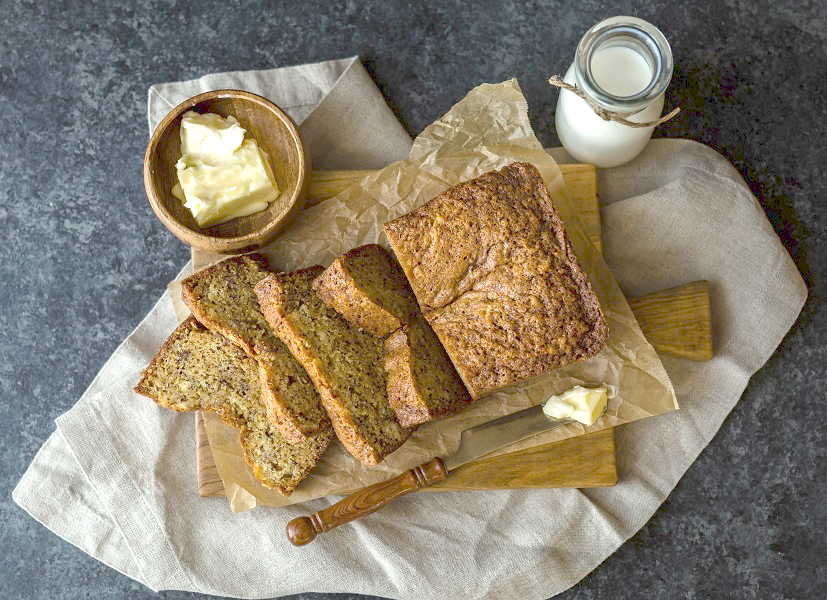
“It’s not fair!” my son cried, giant wet tears rolling down his sunburned cheeks. “Why does she get to play with a friend, and I don’t?” This, a repeating question about his ten-year-old sister. Body sprawled out, half on the sidewalk, half on the driveway, he clenched rocks in his little fists, threatening to hurl them to the concrete to prove or punish. I plopped next to him, crisscross applesauce on the hard ground. I wrapped both palms around his face and wiped the tears, felt the corners of my mouth tug when he lay completely flat like a puddle wailing loud cries from his wide o-shaped mouth straight into the sky with wild abandon.
Pulling him on my lap, he let me fold him into a hug like a wrinkled Kleenex into a pocket. I tried to reason with him, explain that his sister happened to have a friend down the street who could play outside and socially distanced at that very moment. My son’s one sweet friend, whom he had already stalked three times that day, just wasn’t home. The cruelty of it, nonsensical to my youngest boy woven solely of humor and heart, gouged him. The world proves a broken place when a pandemic sweeps through it, canceling everything. When you have to limit your interactions, and even then, be so careful not to get too close to stay safe from the virus, and keep others safe in case you have it and don’t know yet. For a five-year-old, that’s hard to understand when all you know is that you’re lonely and your one designated friend is busy.
After validating and empathizing the sadness and pain emoting massively from the tiny body draped over my legs, I dug deep into my repertoire of redirections and distractions. I offered to play a game, play playdoh, get out some toys, do a puzzle, take the dog for a walk, everything we’ve already done a million times over the last five months.
“No!” he bawled, still beside himself, staring heartbroken into the sky.
I could viscerally feel his pain, knowing how lonely I, too, have felt lately. How much I miss my friends. My moms-group meetings, book club, bible study, monthly ladies’ dinners, coffee dates full of deep conversation, and connection. I miss dates with my husband, parties, plays, concerts. I miss restaurants, birthdays, family gatherings. If I could curl up into a ball and scream at the vast emptiness of the cornflower blue sky, I would too. But as the mom, I am supposed to be the reasonable one. Someone who understands the big picture, contain my emotions into small bite-size pieces that won’t become too big to swallow. If I allowed the little sugar cube of disappointment, ironically tasting bitter and harsh deep in the pit of my stomach grow fully into its whole self, something more akin to the Stay Puft Marshmallow Man would emerge. I would cry all day long and bang my fists screaming and drooling about the unfairness of the pandemic and the stupid coronavirus, about all the ways it has ruined everything. Everything! More sobbing would ensue.
It might feel suitable for a minute, but it’s a dark hole, and I don’t want to live there. Nor do I want to have to crawl back out someday only to look around and wonder who I have become. We must persevere with what we are given, and sadly, without what has been taken from us. We have the choice to do it with hope or with a vengeance. I choose to do it with hope. Pulling the good out of the bad is the only way to move forward from a hard place. Otherwise, I will end up moving in and hanging curtains and family photos in a room of despair.
My son’s despair, like a siren big and loud, showed me the depth of the need we all have for connection. I wanted to sink into all of it right along with him, but then I remembered the one thing in our family that lifts spirits and moves mountains of bad moods into laughter and smiles. The words alone create hope in one’s heart, not unlike that of a lonely child about to find a friend. It’s the hope that something good will come. It’s simple, not complicated, but its ability to fill and calm is astounding. Banana bread. With chocolate chips, of course. Not just savoring a warm slice straight out of the oven is magic, but the baking process itself is cathartic. Mushing the bananas, melting the butter, sliding the buttons on the mixer, watching the powders and liquids churn, the crack of eggshells on glass, sliding into the bowl, sneaking a taste in between each addition of new ingredients. Banana bread is like a balm that heals all wounds, indeed.
Perking his head up from my lap, he turned with wide eyes when he heard the words, “Banana bread?” It took two seconds for him to bolt to the kitchen and pull out the flour and sugar. We finished with the measuring, stirring, and licking of fingers. The bread pans (two loaves, of course, because one disappears too quickly) slid carefully into the oven. We thought only of the taste of banana-like heaven on our tongues and happiness in our belly’s for the next 60 minutes. When the oven timer rang, and the forks plunged in, the sun felt a little brighter, the air a little lighter. If only finding a friend was so easy once in a while. I know that will take time. But for now, banana bread is single-handedly saving the world for one five-year-old boy and one (semi) responsible mom.
